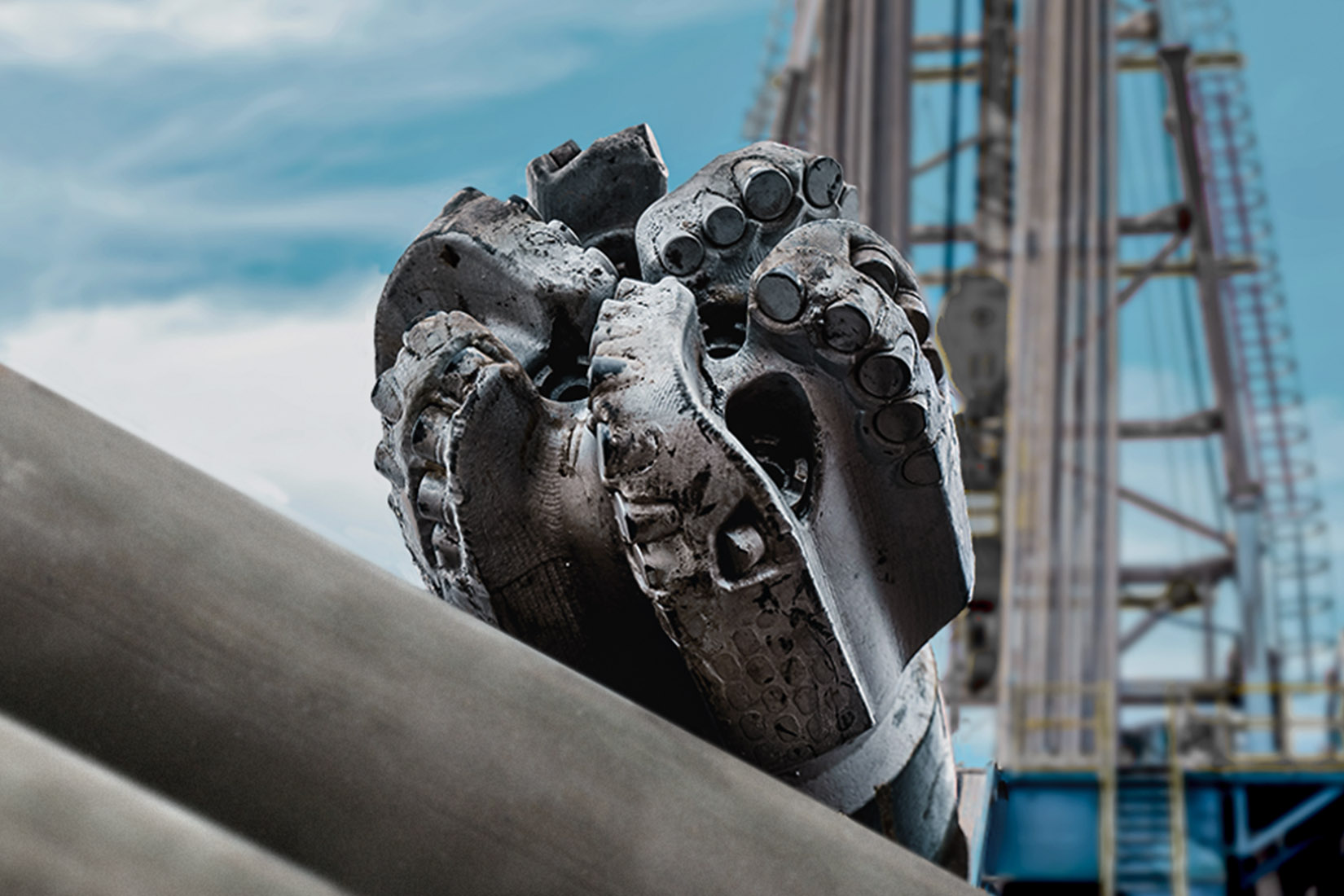
Ultrasonic NDT imaging offers a powerful tool for identifying defects and increasing yield and quality in applications that depend on reliable, void-free bonding of materials.
Insulated-gate bipolar transistors (IGBT) are high speed, high power switching devices used in transportation, aerospace, consumer electronics, and other applications. Ultrasonic microscopy is used to ensure component reliability by inspecting for voids in the die attach and heat sink bond.
Light emitting diodes (LED) are some of the most energy efficient and rapidly growing light sources in use today. Scanning acoustic microscopy is used to inspect for defects such as voiding, delamination and cracks during the manufacturing process. This inspection is performed at the wafer level and at the component level.
Acoustic microscopy can be used to analyze the boundaries between materials and the property variations within a material.
In electrical contacts such as high voltage and copper contacts, it is important the solder contact layer be free of voids. Scanning acoustic microscopy can be used to non-destructively inspect these layers and verify there are no voids that would impact performance and reliability.
Scanning acoustic microscopy can be used to check for purity and inclusions in gold, platinum and rough diamonds.
Materials coatings such as diamond carbide can be inspected with acoustic microscopy to reveal defects such as voids, cracks. It is also used to measure the porosity and thickness of coatings.
Heat sinks are a key component ensuring reliability in a variety of applications, especiall HVAC. Ultrasonic microscopy is used to identify voids that reduce the heat sink capability and pose a reliability threat.
Acoustic microscopy can be used as a QA tool to identify particle defects battery manufacturing.
© 2025 Sonix. All Rights Reserved.